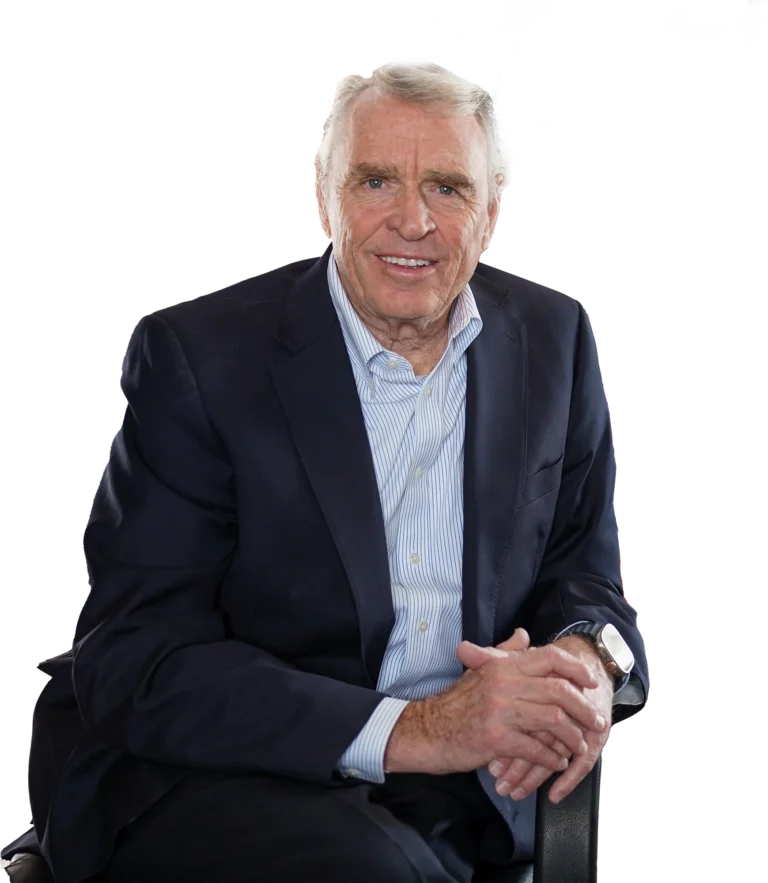HR As An Agent Of Behavior Change
With the right approach, productivity can soar and leaders at every level can thrive
Posted on 06-19-2024, Read Time: 6 Min
Share:

However, HR can also move into a much more significant place if they pay attention to transforming the behaviors that are occurring in the workforce. All results within any organization come from what people do, regardless of the marketplace in which the organization competes.
Organizations with great brand equity or that are heavily dependent on robotics, for example, still need people to drive the brand or build and program the technology. Every activity that occurs within an organization is a result of what people do, and the processes they create and then follow.
In addition, the productivity of an organization is dependent on how individuals interact with one another, how functions collaborate, how innovation is generated, and how customers are treated. All these behaviors contribute to productivity, which can then be dramatically influenced by what people do.
Consequently, in the same way that the head of finance is responsible for the financial health of the organization, the head of human resources should be responsible for the behavioral effectiveness of the organization. Ensuring that individual behaviors are aligned to culture and values and that competencies are at their highest possible level, should be the priority of Human Resources.
Results in this area do not occur as a result of one or two initiatives but rather as a result of the daily interactions that each individual has with their leader. Consequently, a human resources imperative should be to make each leader within the organization as competent and brilliant as possible.
The productivity an organization experiences as a result of what people do is most significantly influenced by how people are led. The great leader harnesses the potential of the workforce, builds confidence, coaches regularly, encourages initiatives and interactions, fosters a sense of commitment to the company, culture, and values, and consciously enables each person to perform to their optimum.
The results show up in how customers speak about their experiences with the company, how employees talk about the company to their friends and neighbors, the level of envy in their competitors, and the value received by the shareholder….all because of how each employee behaves every day.
To accomplish this, human resources needs a dedicated focus on maximizing the productivity of the workforce, and then a disciplined approach to influencing the levers that optimize productivity: leadership excellence, company culture, and great communication.
Leadership Excellence
Equipping leaders to be as effective as possible must begin at the lowest levels of supervision within the organization. Often front-line supervisors are stepping into their first leadership role, and their leadership training needs are often overlooked. However, this group has a significant influence on a large number of people, ones who are often less skilled, and whose need for leadership is greatest.HR needs to make it a priority to identify the key leadership skills that are necessary at this level and ensure that those stepping into leadership for the first time are equipped right from the outset to be as effective as possible.
The next level of leadership is middle management, where the skills required are significantly different. This puts pressure on human resources to identify the functional skills that need to be developed within this group, as well as the interpersonal and managerial ones.
Managers are often caught between the need to implement strategy and execute tactics in day-to-day pressures and the competing priorities that make up today’s work challenges. Although they must work through others, they often feel pressed for time and do not have an appreciation for the need to equip those for whom they are responsible to operate to their fullest within defined areas of accountability.
At the senior level, senior leaders must demonstrate the behaviors they want to see in those they’re leading and in the organization. Again, HR plays a critical role in helping these leaders to identify what behaviors need to be reinforced, and where appropriate recognition can play a key role in celebrating strong leadership.
Company Culture
An organization’s culture is a vital ingredient in defining employee behaviors and performance. The culture typically articulates key values and priorities that the organization wants to be known for and to be uppermost in people’s minds when they’re making decisions.These can include things like a focus on safety, making customer needs a priority, or the importance of quality production. Whatever the cultural values are, specific behaviors that would bring these cultures to life need to be codified in a way that employees understand how to translate culture into action.
The next step is for leaders within the organization to understand how to coach against those codified behaviors regularly so that the values become part of the organizational fabric, lived and demonstrated daily by the employees.
Communication
The more effective an organization is at communicating thoroughly and comprehensively, the better informed and motivated employees will be, and more importantly, the better they will be able to contribute to the organization’s priorities. Communication is not simply a way to keep people informed, it is also an important ingredient in equipping individuals with the information they need to identify relative priorities within their job and providing the context for decisions that they need to make each day.The type of communication necessary at the front-line level is different from what’s required at the mid-level, and senior levels. HR needs to take responsibility for ensuring that the communication needs of the various groups and functions within the organization are met, ensuring that each group has what they need to optimize their productivity.
There are times when communication can be general and applicable to all groups. At other times, different groups need different types of information if they are to be as effective as possible. HR needs to understand these needs and ensure they are met appropriately. In addition, the line managers at each level need to be equipped to respond to questions or requests for additional information coming from the teams they are leading.
HR plays a vital role in shaping the behaviors of the organization and responding as the needs and priorities of the business change. When this is done well, they are truly significant players in the contribution to corporate performance.
Author Bio
 |
Phil Geldart, the author of Leading What Matters Most: A Business Parable on Unlocking Human Potential, is the founder and CEO of Eagle's Flight (eaglesflight.com), a company focused on improving individual and team productivity. Before founding Eagle’s Flight, Geldart was with Nestlé Canada, where he worked for 18 years, the last five of which he served as a member of the executive team in the capacity of Senior Vice President of Human Resources. |
Error: No such template "/CustomCode/topleader/category"!

